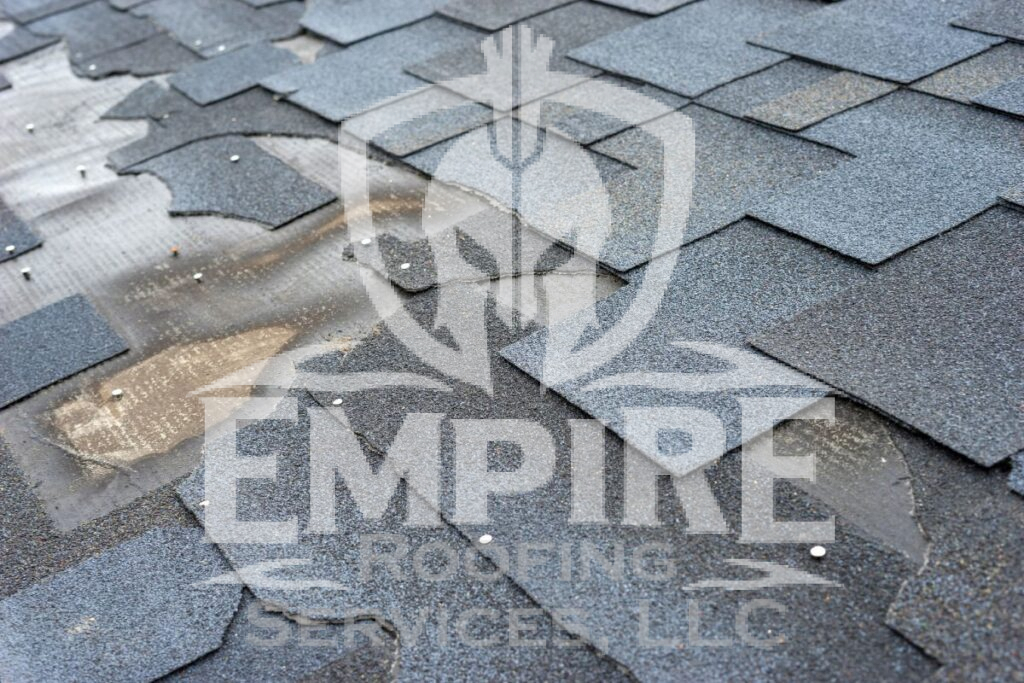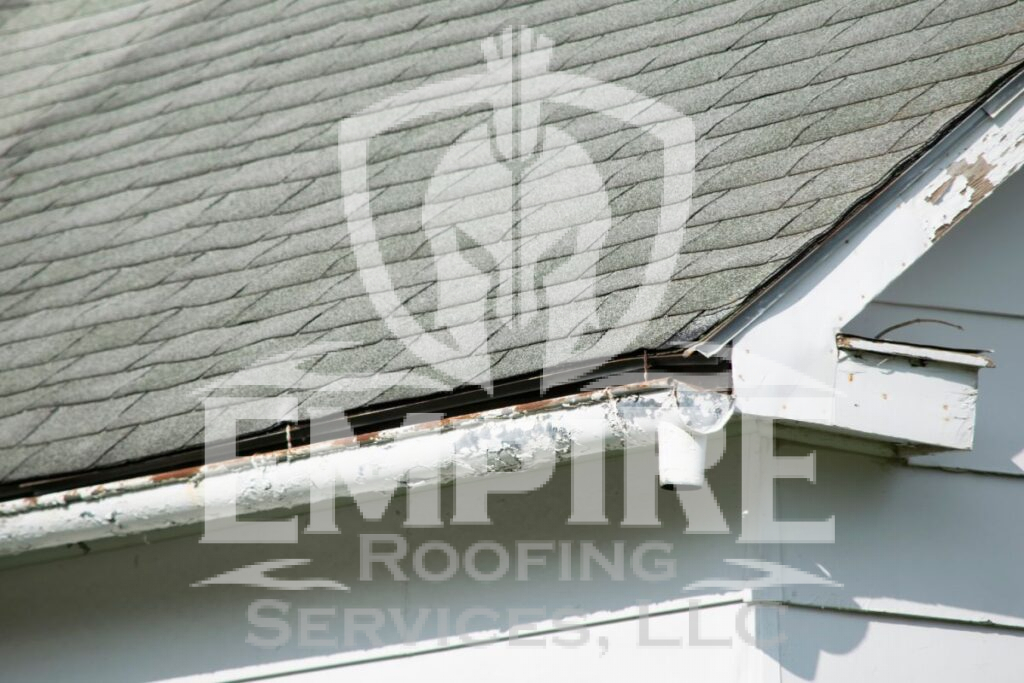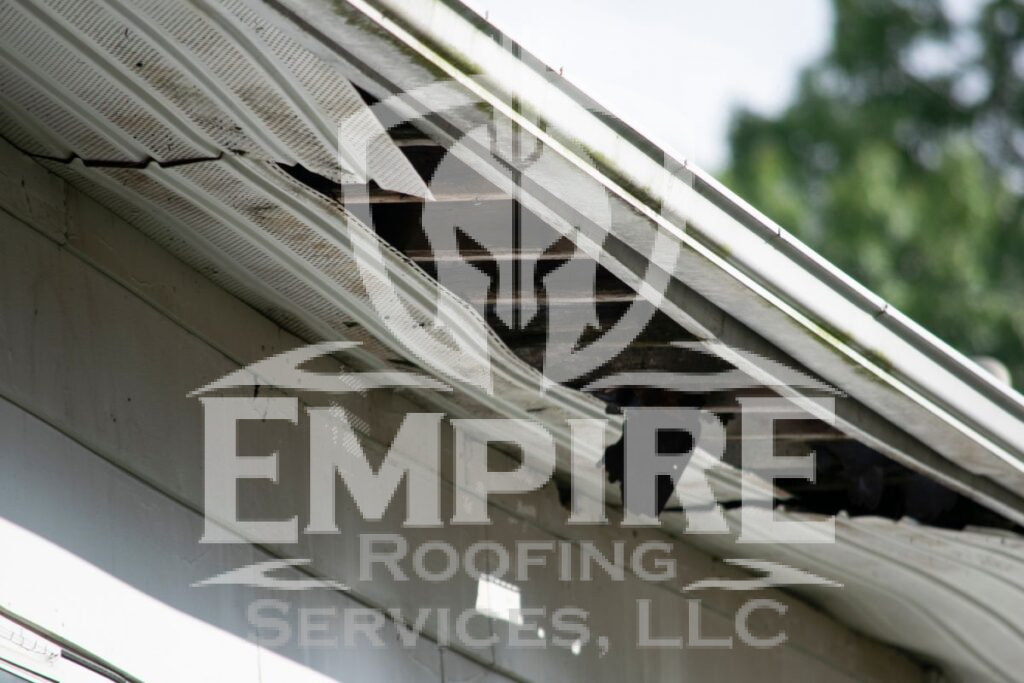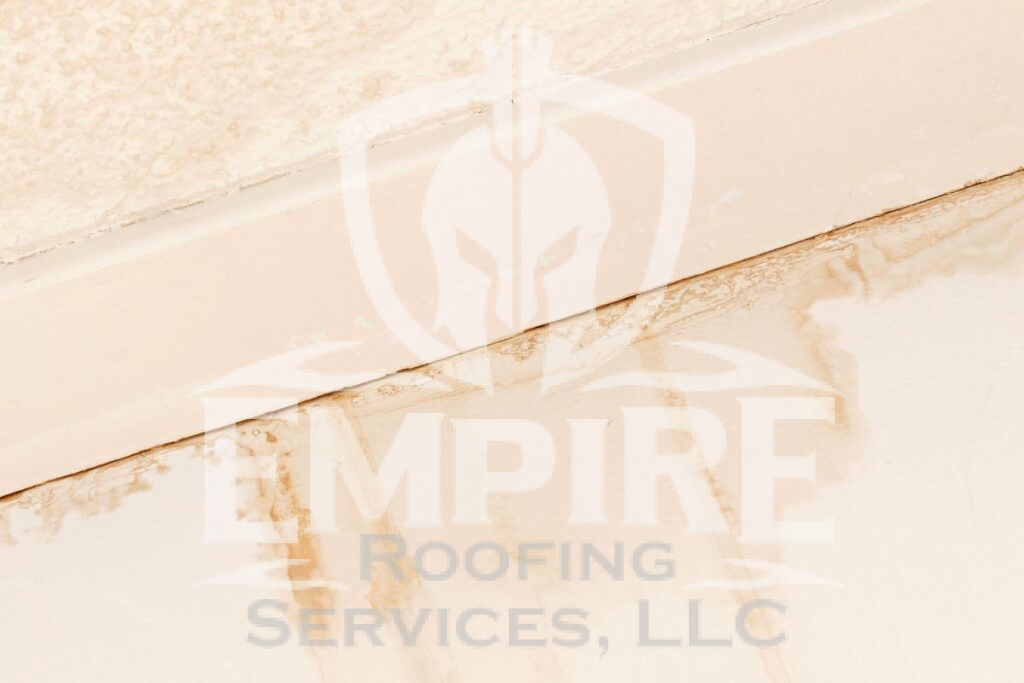The minute you become a homeowner you begin to realize how important a roof is to keeping you safe from the elements—and how many roofing problems can occur without your knowledge. However, some homeowners do not consider these things until a big issue comes up, which is where roof inspections can help.
Many contractors offer free roof inspections, which is a great opportunity to take and check the condition of your roofing system. But what exactly happens during these checks? This blog post will describe what you can expect to happen during one of these free roof inspections.
Why Should You Get A Free Roof Inspection?
Free roof inspections are a great choice for homeowners on a budget, and the process is quite simple: a roofer inspects the roof of your home and recommends solutions depending on the extent of damage.
The inspection provides useful information about your roof’s overall condition and further helps you plan for any future repairs or a replacement. Below, we’ll break down the inspection into different parts so you can understand the full process.
Before The Inspection
Scheduling The Appointment
The first step is to start looking for a trustworthy roofing company. Check that they have good reviews, the proper licenses, and insurance. When you schedule an appointment, share basic details about your home and the roof, and the contractor will then arrange a time to inspect it.
Preparing Your Property
Before the inspector comes, prepare by:
- Clearing your driveway for easy access
- Trimming overhanging branches near the roof
- Securing pets that could disrupt the roofing inspection
- Ensuring clear access to your attic
The Inspection Process
The inspector will start by checking your roof from the ground for damage, looking for things such as missing shingles or sagging spots along the roofline. Then, using a ladder, they will closely examine shingles, flashing, and other materials on top of the roof to assess the condition.
Exterior Inspection
Here are the components of your roof that you can expect a roofing contractor to inspect:
1. Damaged or Missing Shingles

This is a common issue where shingles crack, curl, or come loose over time with weather exposure. The roofer will make note of any that they spot. Prompt replacement is crucial to prevent water leaks and further roof deterioration.
2. Flashing
Damaged or improperly installed flashing around chimneys, vents, and valleys can be a source of leaks. Flashing directs water away from vulnerable areas such as roof valleys and should be checked and repaired during inspections.
3. Gutters and Downspouts

Inspectors check for blockages and leaks along gutter channels and ensure they’re draining properly to prevent damage to the roof and foundation of the home. They’ll also make sure that downspouts are directing water away from the foundation.
4. Soffits and Fascia

The soffit and fascia are inspected for rot, damage, or pest infestation, which can weaken the roof’s structure and allow water and pests into the home.
5. Roof Leaks
Among the most critical issues to find, roof leaks cause significant damage to the interior of a building if they’re not repaired quickly. If left unrepaired for an extended period they can contribute to mold growth within the home and structural issues.
Interior Inspection
After inspecting the exterior of your home, roofers will go inside and check the interior of your home for the following:
1. Water Damage and Moisture In Attic
Signs of water stains, mold, or excessive moisture in the attic, ceilings, or walls indicate that there are roof leaks or ventilation issues. Addressing these early on will help prevent further damage.
2. Ceilings and Walls

Inspectors look for water stains, mold, or signs of leaks inside the home, which can indicate roofing issues like damaged materials or poor installation.
3. Structural Integrity
Issues like a sagging roof deck or light coming through rafters can indicate underlying structural problems. Inspectors evaluate the roof’s overall strength, looking for signs of sagging or warping that could compromise its ability to withstand weather conditions.
5. Roof Ventilation
Inadequate roof ventilation can cause moisture buildup, reduce energy efficiency, and accelerate roof deterioration. Inspectors assess ridge, gable, and soffit vents to ensure proper ventilation, which helps maintain a healthy roof by releasing hot air and moisture from the attic.
6. Improper Exhaust Ventilation
Incorrectly installed exhaust fans in bathrooms and kitchens can contribute to moisture problems inside the home, impacting the roof’s performance. Ensuring proper venting is essential for roof health.
After The Inspection
After the inspection, the roofer will provide you with a detailed report listing issues and recommending repairs or maintenance solutions. Review the report carefully, discuss any questions with the inspector, and ask if they provide free roof estimates for the necessary repairs or replacement. Use this report to help guide your choices.
Roof Repair vs. Replacement: What Is Better?
Deciding between a roof repair vs. replacement can be challenging. Repair is usually less expensive and addresses specific issues without replacing the entire roof.
However, if your roof is severely damaged, at the end of its lifespan, or no longer functional, a replacement may be the best option. A new roof can provide energy efficiency, last longer, and look better.
How Long Does A Roof Inspection Take?
A typical roof inspection can last around 45 minutes to 2 hours, depending on the roof’s size, complexity, condition, weather, and the inspector’s experience. Roofs that are older, or very large with intricate features such as dormers, may require more time.
How To Check If A Roofing Company Is Legit
In order to avoid roofing scams, here is how you can verify a roofing company’s legitimacy:
- Check their state license: Contact your state’s licensing board to verify their current license status.
- Confirm insurance coverage: Ensure they have liability and workers’ compensation insurance.
- Review their reputation: Check online reviews, BBB ratings, and client references.
- Look for certifications: Verify memberships in organizations like NRCA and check if they hold any manufacturer certifications.
- Evaluate their online presence: Legitimate companies have professional websites and clear pricing information.
How Often Should You Have Your Roof Inspected?
It’s generally advised that you have the roof inspected annually, or after significant weather events or storms.
Get A Free Roof Inspection With The Team At Empire Roofing & Exteriors
A free roof inspection is the best way to gain insight into your home’s key features. Regular checks catch small issues early, saving you money on repairs. Even if your roof looks like it’s in good condition, periodic inspections provide peace of mind and extend its lifespan. So don’t delay, schedule your free roof inspection today.
Discover peace of mind with the expert roof inspection services at Empire Roofing & Exteriors. Our thorough inspections ensure that problems are detected early and that your roof is in good health, safeguarding your home. Schedule your free roof inspection today and protect your home with confidence. Call us at (225) 347-8877 to learn more about how we can help you!
